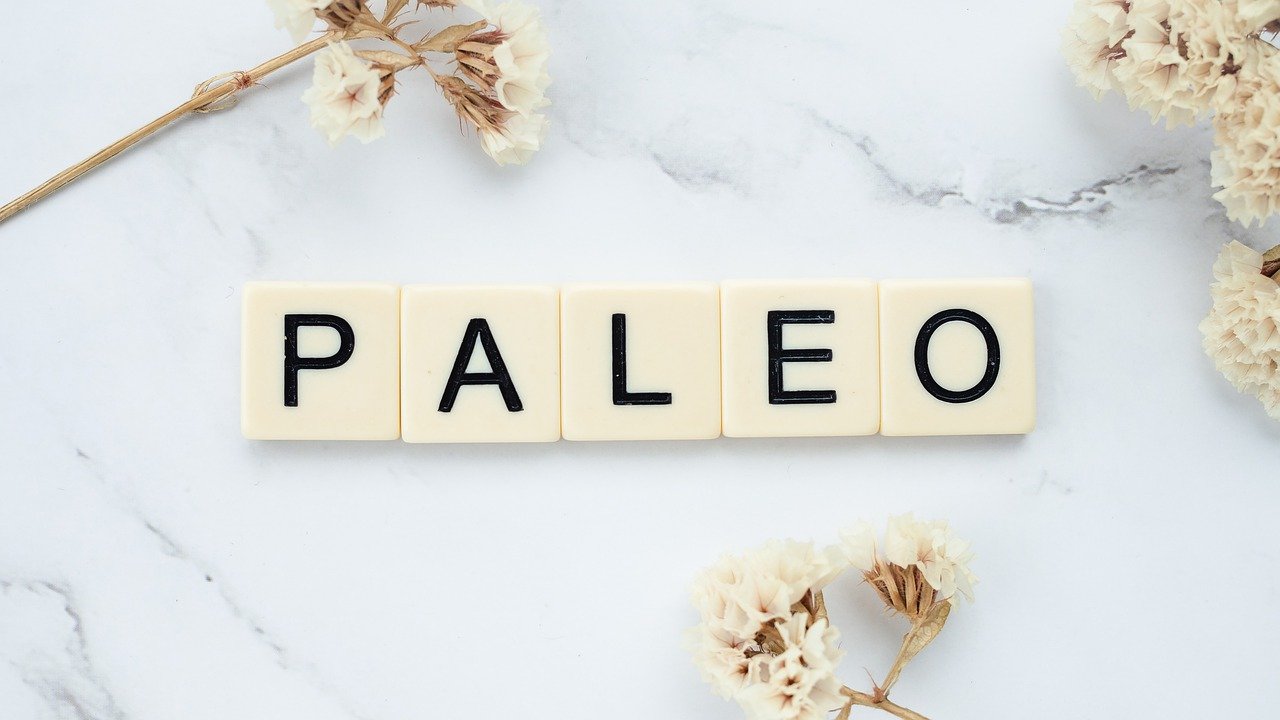As we saw in the first major part of the Blooness guideone of the secrets of a healthy diet is to rebalance the food we eat. carbohydrates at a much more modest dose, with quality carbohydrate foods. The same applies to fats, which are either consumed excessively, via poor-quality foods, and often coupled with carbohydrates at mealtimes, or wrongly banned by certain so-called slimming diets.
In other words, the diet as we've known it since the 60s, based on fast sugars, alcohol, refined cereals, white flours, snacks stuffed with trans fats and carbohydrates, could well be one of the factors behind overweight, metabolic and civilizational diseases.
This content is part of the guide Blooness, the guide to the ideal human diet, the summary of which you can find here 🌱🥑
Once this problem has been identified, this guide recommends a higher intake of good fats (avocados, nuts, olive oil, oily fish) and a moderate intake of carefully chosen carbohydrates (vegetables greens, sourdough bread, pulses). This is the very principle of nutrition low-carb high-fatThis is the first pillar of the Blooness guide.
What remains to be defined is the ideal intake of proteins. And this chapter on the paleo diet could well be one of the answers.
Take control of your diet and never miss another chapter of the guide by subscribing to the Blooness newsletter 🙌
Definition of the Paleolithic diet
Visit paleo diet is a ancestral diet made up of foods and dishes that people living in the Paleolithic era (Homo habilis, homo erectus, then homo sapiens) would have eaten, and composed mainly of proteins, plants and oilseeds. These are foods that only nature could provide, without any industrial processing, additives, preservatives or anything else.
It's a diet more or less similar to the low-carb diet, but with a much higher protein intake.
Note: this article is one of the chapters in the Blooness feeding guidea guide to the ingredients of the ideal diet for humankind.
The starting point of the paleo diet
Proponents of this diet believe that the human metabolism has not yet had time to adapt to the new conditions. adapt to most of the foods produced by the Neolithic revolution (emergence of agriculture and animal husbandry, around 8500 BC in the Near East), and would therefore assimilate cereals, legumes and dairy products poorly. Before the domestication of plants and animals, human societies hunted and gathered for food.
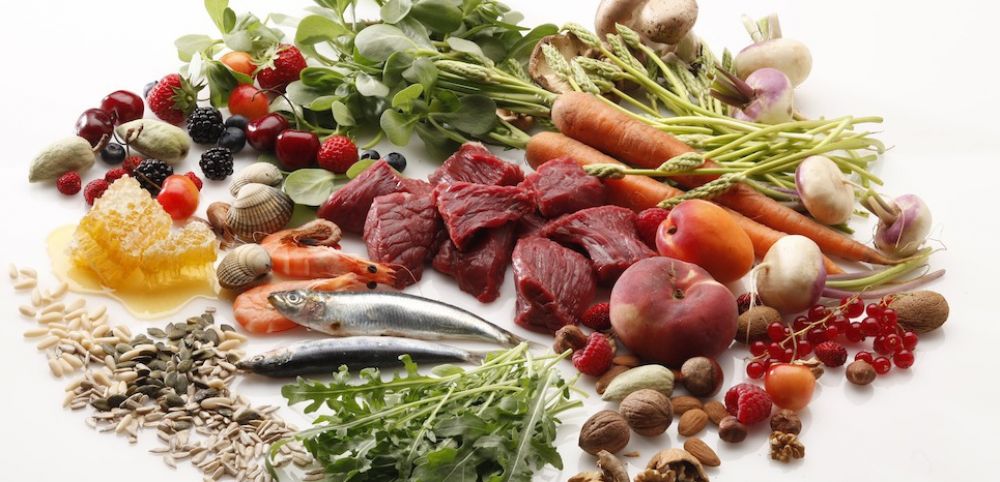
According to the advocates of the paleo diet, this transition is the cause of the development of obesity, heart disease, diabetes and other so-called diseases of civilization. They therefore advocate a return to the Paleolithic diet. The total exclusion of cereals makes this a gluten-free diet.
The origins of the paleo diet
The creation of the paleo diet is attributed to radiologist Stanley Boyd Eaton, who in 1985, along with anthropologist Melvin Konner, published an article entitled "Paleolithic Nutrition" in the New England Journal of Medicine.
"The frequency of spontaneous DNA mutations in the cell nucleus is of the order of 0.5 % per million years. Our genes are therefore very close to those of our Paleolithic ancestors, 40,000 years ago.
What has changed is our diet, with the advent of agriculture 10,000 years ago, and above all the industrial revolution.
We are no longer genetically adapted to today's eating habits. The Paleolithic or pre-agricultural diet can therefore be considered a model for modern nutrition."
Dr. S. Boyd Eaton
In other words, this theory, subsequently taken up by several anthropologists and best-selling authors, suggests that metabolic syndromes and certain diseases of civilization such as hypertension, obesity, cholesterol, various cancers and type 2 diabetes are partly the result of the mismatch between the common lifestyle of developed countries and that for which the human genome was initially selected by natural selection during the Stone Age.
To oversimplify, our bodies haven't yet had time to adapt to the agricultural revolution, which began 10,000 years ago, not to mention the impact of the industrial revolutiona much more recent development, which began in the late 18th century.
Health benefits
Overall, the various scientific studies have come to the same conclusion: the effects of a well-managed Paleolithic diet are relatively beneficial for all the risk factors associated with cardiovascular disease, as well as insulin resistance.
All risk markers were improved in randomized clinical trials: weight, waist circumference, protein C-reactive, glycated hemoglobin, blood pressure, glucose tolerance, insulin secretion, insulin sensitivity and lipid profile.
A Paleolithic diet confers higher insulin sensitivity, lower C-reactive protein and lower blood pressure than a cereal-based diet in domestic pigs.
Source.
Empirically, those who follow this type of diet, which is considered absolutely natural, also report a feeling of satiety (probably linked to the high intake of proteins and good fats), and well-being (which could be linked to the consumption of omega-3s and vegetables that are effective for intestinal transit), although it is not possible to scientifically measure these testimonials.
Nutrients in the paleo diet
There are as many Paleo diets as there are Paleo dieters. In fact, like the ketogenicIt's not a patented diet whose characteristics are carved in stone. There are many ways to adapt it, depending on your preferences, beliefs, empirical results and individual tastes.
Finally, many people who follow the Paleo diet tend to adapt it to their own tastes, incorporating more or less Neolithic foods, while taking care to avoid processed foods, which are more characteristic of the industrial revolution. The Paleo diet therefore has a slider, which you'll have to set to your heart's content if you decide to follow this diet.
Then, over and above the general principles we'll set out below, there's a way of orienting it towards "health" and dietetics, in line with the main pillars of the diet advocated in the Blooness guide, and that's what we're going to see.
Let's take a look at the main principles of this diet.
1) Lots of protein, especially of animal origin
The paleo diet is largely based on a high intake of animal proteins. It is therefore not at all a diet suitable for vegetarians or flexitarians. The paleo diet is based on meat, eggs, fish and seafood.

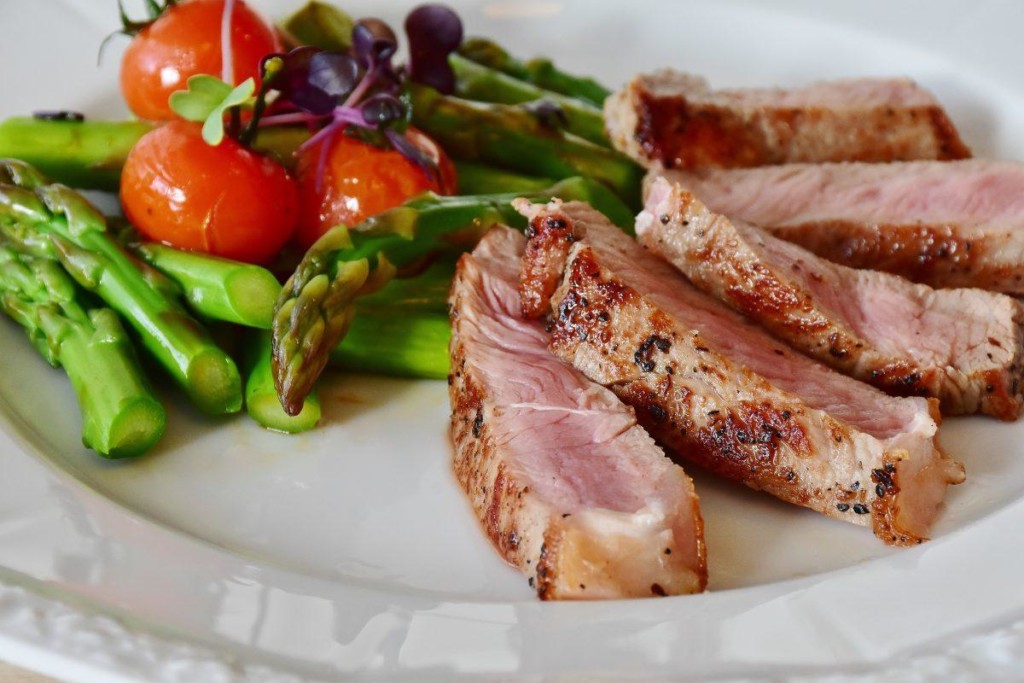
An important factor in orienting the diet towards a healthier aspect is that the animals consumed should ideally have been grass-fed rather than grain-fed, as their muscle tissue would then be richer in omega-3s. See, for example, the blue-white-heart label for eggs.
2) A high fat intake
Proponents of this diet recommend the consumption of mono- and polyunsaturated fats, favoring omega-3-rich ingredients over omega-6 and saturated fatty acids.
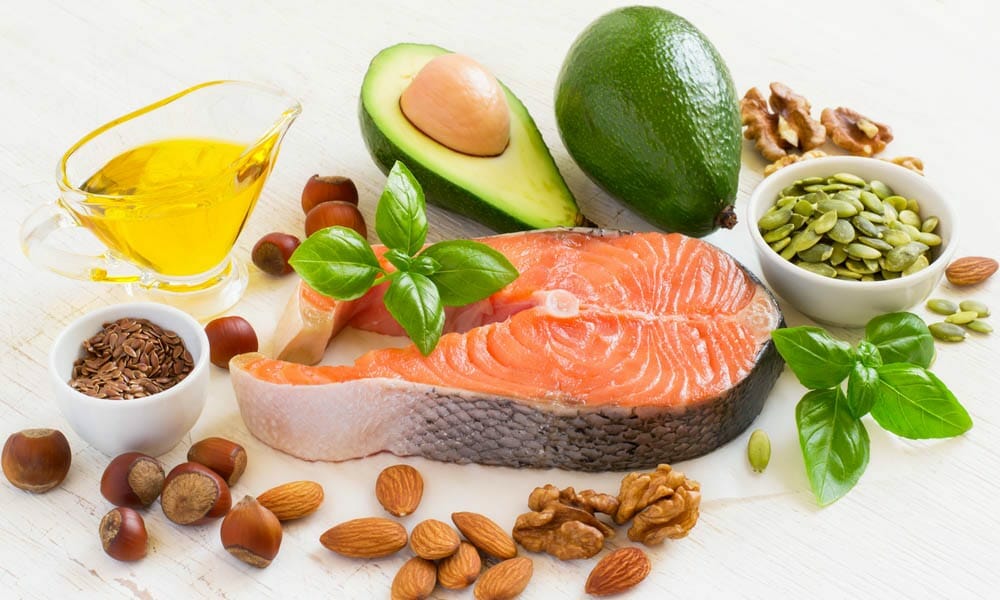
They are found in olive oil, small oily fish and oilseeds: almonds, cashews, pecans, macadamia nuts, hazelnuts, etc.
2) Moderate fiber intake
And it's fiber that comes from fruit and vegetables, not cereals and starches, which date back to the agricultural era.
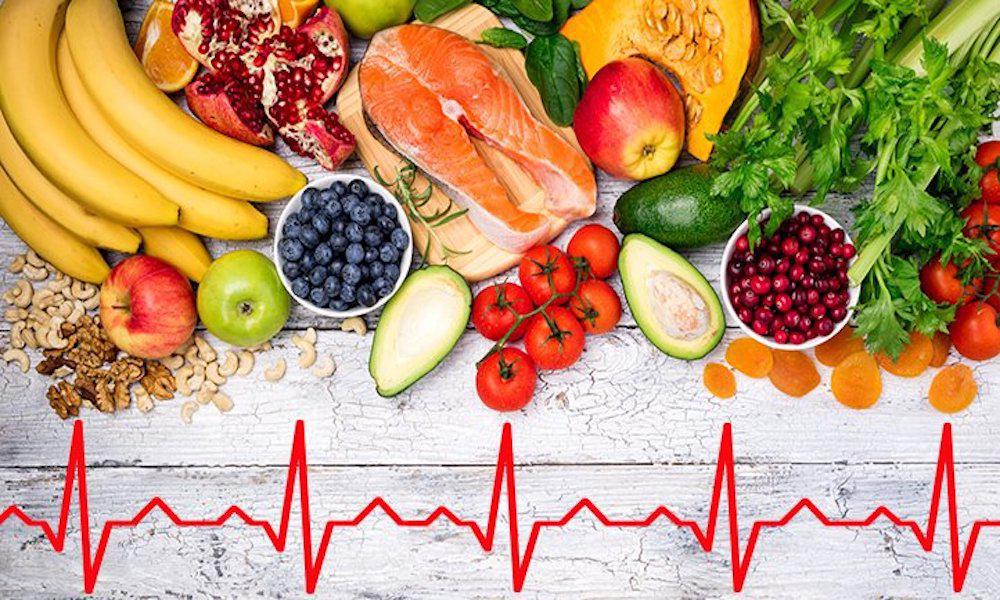
3) Low carbohydrate intake
The only source of sugar for hunter-gatherers was fruit, roots and tubers, and berries. The diet therefore recommends abundant consumption of low-carbohydrate vegetables and fruits (cucumber, zucchini, tomato, spinach), which should be the main source of carbohydrates.
In this sense, the paleo diet is similar to the low-carb diet, since it allows relatively low carbohydrate consumption, provided it's quality carbohydrate, not carbohydrate from refined sugar, milk or other processed foods.
Foods to exclude
- Dairy products
- Cereals
- Gluten
- Legumes
- All oils except olive oil
- Refined sugar
- Processed products
- Alcohol and coffee
Disadvantages and criticisms
Ignorance of the prehistoric way of life
Critics of this type of diet claim that it is impossible for us to know exactly what the Paleolithic diet was like, since diets at that time underwent major changes and were dependent on too many factors (climate, seasons, availability of food, regions, etc.).
What's more, Paleolithic man didn't have the same lifestyle as we do. To ape their diet would be naive and simplistic.
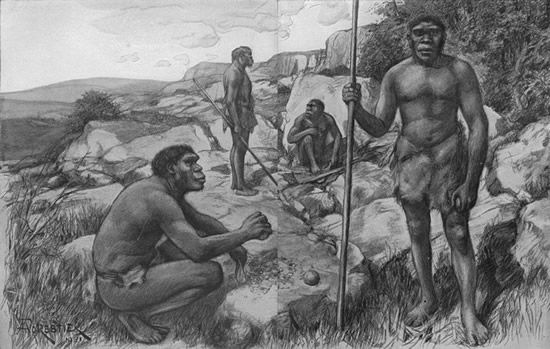
Finally, according to the diet's detractors, the Paleolithic era stretches from -3 million years ago to -10,000 years ago. According to paleo-skeptics, it would be impossible to pinpoint a type of diet over such a long period, not to mention the paleo-friendly foods that were different from and constantly evolving in relation to those available today.
Calcium deficiency and too much meat
Critics of the paleo diet also point to possible calcium deficiency, and the prominence of red meat, which is potentially harmful to health.
Lack of legumes and whole grains
While dairy products, alcohol or refined cereals are not considered a great loss in nutritional terms, the absence of legumes such as beans, broad beans, chickpeas or lentils is one of the limitations of the paleo diet.
In fact, these ingredients are recognized for their beneficial effects on the body, and eliminating them altogether could prove counterproductive.
In conclusion
Taking into account the criticisms levelled at the Paleolithic diet, and keeping to what we know for sure in terms of benefits, we know today that a diet rich in vegetables will be a source of vitamins and antioxidants, and will have a beneficial effect on general health, intestinal transit, and the prevention of cancer, hypertension and osteoporosis.
Similarly, increased consumption of omega-3-rich foods (oily fish, rapeseed or walnut oils, nuts, green leafy vegetables) has been associated with a reduced risk of cardiovascular disease.
Secondly, it has been proven that consuming too many carbohydrates from industrial cereals or refined sugar is associated with weight gain and increased insulin sensitivity, and therefore a greater risk of type II diabetes.
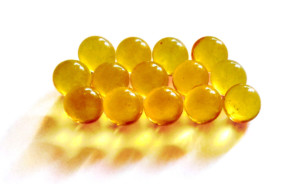
While we don't have enough hindsight to measure the long-term benefits of the Paleolithic diet, it seems reasonable to assume that a diet inspired by this diet, based on a reduction in carbohydrates, a moderate intake of quality carbohydrates, consumption of vegetables, quality meats - mainly lean grass-fed meats - and a ban on processed industrial products, can only be beneficial in terms of health, diet and even taste.
However, it's not a question of overloading on protein either, whose intake for a sedentary person is generally estimated at 0.9g per kilo of body weight, and up to 2.2 grams per kilo of body weight for athletes such as body-builders or crossfit enthusiasts, who are often followers of this diet, even if it means consuming too much protein and far exceeding the recommended intake, with the risks that this can entail.
Most nutritionists recommend following some of the principles that govern this diet, such as a return to unprocessed food, without necessarily following it to the letter, and while bringing it closer to the Mediterranean dietwhich could be associated with the feeding of Blue ZonesThis is the very essence of this guide. This is the very essence of this guide, which synthesizes several types of diet to form a kind of ideal diet that can be adapted to suit each individual.
The Blooness diet is thus at the crossroads of several major dietary pillars: the low-carb or low-carbohydrate diet, discussed in the first part of this guide, the blue diet (Mediterranean, but not only, as we'll come back to), and the paleo diet, in other words little or no processing.
Added to this is the principle of timing foods according to each individual's lifestyle and state of health. This is the principle of chrononutrition.
Blooness = LCHF + Paléo + Blue Zones
How can the paleo diet be transformed into a 100% health diet?
The paleo diet is adaptable, and can be integrated into the Blooness diet, with a few general tips:
- Reintroducing food from Mediterranean diet in moderate doses, such as cheese and legumes.
- Don't necessarily overindulge in fruit, thinking that fruit and vegetables belong in the same category of foods to be eaten without moderation.
- Choose quality meats and avoid saturated fats.
- And last but not least, learn to "time" the intake of foods and dose them according to your lifestyle. Like the low-carb diet, where the pitfall is eating foods rich in all kinds of lipidsOne of the pitfalls of the Paleo diet, or of protein diets in general, is eating too much protein at inappropriate times. For example, meat should not be eaten in the evening before bedtime, and legumes should not be consumed in excessive quantities if no effort is made before or after their consumption. This is one of the aspects we'll be coming back to in a chapter dedicated to food timing.
Now that the Paleo diet holds no secrets for you, learn more about LCHF power supply and feeding blue zonesthen you'll be a Blooness nutrition expert!
Next chapter: feeding Blue Zones

